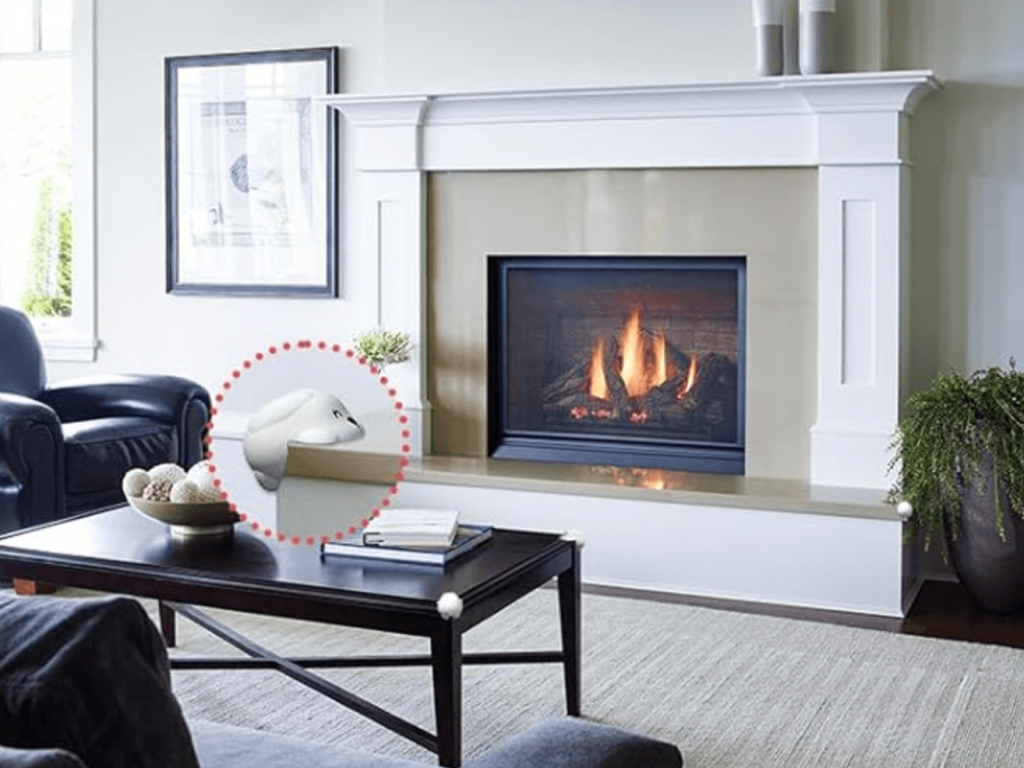Welcoming a child into your home can be one of the most enriching experiences, filled with joy and anticipation. However, with this new bundle of joy comes the responsibility of ensuring their safety. As toddlers begin to explore, every corner of your home turns into an exciting adventure for them. This guide delves deep into room-by-room DIY solutions, making certain that safety remains paramount without stifling a child’s sense of wonder.
The Living Room: More Than Just a Social Space
Securing Heavy Furniture
The living room, often the heart of a home, hosts several pieces of furniture. Tipping hazards are prevalent here. Large items like bookcases, entertainment centers, and tall cabinets can potentially harm a child if they tip over. By affixing them to walls with durable brackets or furniture straps, you offer double protection. While some might dismiss the need for such measures with lightweight items, anti-tip kits serve as an added safety measure, preempting potential accidents.
Softening Sharp Edges
In many living rooms, sleek coffee tables, glass-topped side tables, and other furniture come with sharp edges. Kids, in their enthusiasm, often run around, making collisions likely. By investing in soft corner guards or edge protectors, you can significantly reduce the chances of injuries, turning your living room into a safer play zone.
The Kitchen: A Culinary Playground
Securing Cabinets and Drawers
The kitchen, filled with scents and sounds, can be immensely alluring to kids. Drawers and cabinets, with their array of utensils, spices, or potentially harmful cleaning agents, pose a risk. Installing safety latches or magnetic locks keeps them securely closed, ensuring kids can’t access harmful items. Not only does this protect them from potential dangers, but it also maintains order in your culinary space.
Managing Appliance Risks
Kitchens are technological hubs with microwaves, ovens, and stoves. For toddlers, the buttons, lights, and sounds these appliances make can be tempting. Ensure you have safety covers on appliance knobs, especially the stove. Where possible, keep appliances toward the back of counters, ensuring cords remain out of a child’s reach. This minimizes the chances of them pulling on an appliance or getting entangled.
The Bathroom: Where Fun Meets Functionality
Prioritizing Non-Slip Solutions
Bathrooms, with their water and tiled surfaces, can easily become slippery. This is a fall risk for toddlers. Introducing non-slip bath mats, both inside the tub and outside, can prevent potential accidents. Adhesive non-slip strips in the shower area provide added grip. Such precautions ensure that bath time remains both fun and safe.
Securing Medications and Cleaners
Storing medicines and cleaning agents in the bathroom is commonplace. These items, if ingested, can be harmful. Ensure you store them in cabinets that are either locked or beyond the reach of children. If you’re looking to be exceptionally thorough, tools like Gastec detector tubes can be invaluable. These help in monitoring air quality, especially after using strong cleaning chemicals, ensuring that the environment remains safe.
Bedrooms: A Space of Comfort and Calm
Window and Balcony Safety Measures
Windows and balconies offer compelling views of the outside world. However, they can also be potential danger zones for children. By installing window guards or safety stops and ensuring balcony doors are equipped with child-proof latches, you reduce the risk of accidents. These simple measures ensure that your child can enjoy the view without any hazards.
Organized and Safe Toy Storage
Toys are an integral part of a child’s bedroom. Yet, scattered toys can become tripping hazards. Designate specific areas for toy storage, such as bins or chests. Opt for storage solutions with soft or rounded edges and ensure that toys are free from small detachable parts that could pose choking hazards.
Transitioning Through Hallways and Stairs
Safety Gates as Essential Barriers
Hallways and stairs can be challenging terrains for toddlers still mastering the art of walking. By installing safety gates at stair entrances, both at the top and bottom, you provide a secure environment. These gates act as barriers, preventing children from venturing into potentially dangerous zones.
Importance of Adequate Lighting
Good lighting is often overlooked when child-proofing. Dark hallways or stairs can conceal tripping hazards. Ensure that these areas are well-lit, especially during nighttime. Incorporate solutions like nightlights or sensors that activate lights based on movement. This not only elevates safety but also adds to your home’s aesthetics.
Conclusion:
Child-proofing is an evolving process, adjusting as your child grows and their curiosity expands. By implementing these recommendations, you craft a home where safety and exploration go hand in hand. Embrace these changes, providing a nurturing environment that encourages growth, discovery, and peace of mind for every parent. With proactive measures and continuous vigilance, your home becomes a haven where your little ones can thrive.


